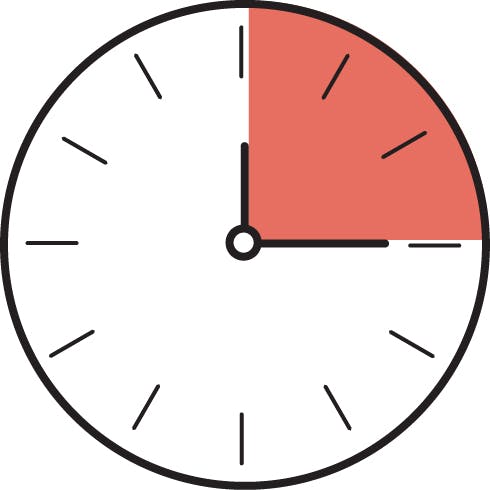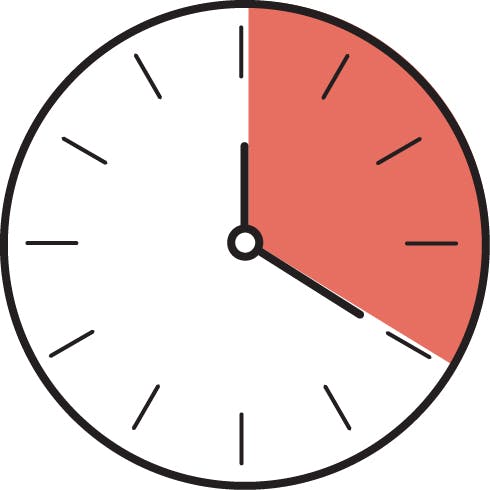FORT MYERS, FLA. — Ever mindful that even a minor mistake could wind up in the bleachers 400 feet away, big league pitchers set out to master the most picayune details of their craft, particularly during spring training.
Which is how Sonny Gray found himself demonstrating his newfound proficiency last week in the fine art of turning his back.
"If there's a foul ball, I'm going to turn my back and walk back to the mound, back to the rubber, and take a couple of breaths," Gray explained. "If I turn my back, you can't throw it to me, I'm not looking. I kind of gather myself and then I turn around and [receive a new] ball when I'm ready."
Major League Baseball has instituted new rules this season that parse, down to the second, the time that pitchers may take before winding up and delivering a pitch. Pitchers have responded, naturally, by hunting for ways to wring a few spare seconds more for themselves, and for better conserving those they are granted.
"It's fascinating to hear our guys sharing ideas, finding ways to adapt to new circumstances, or even gain some tiny advantage," said Derek Falvey, the Twins' president of baseball operations. "I would say my biggest surprise in camp this year is how easily a lot of our pitchers adapted to" the introduction of a 15- or 20-second pitch clock.
It has been easier for some than others. Louie Varland, for instance, said his natural pace is a quick one, so he felt comfortable with the clock after just one bullpen session. Emilio Pagan, though, understood that his average time of 27.8 seconds between pitches was among the slowest in the majors last season, and will have to change this season. A pitcher will be charged with an automatic ball for each violation.


"People tell me I work so slow, but I don't feel like I do. I get the ball, I get ready to pitch. But I know I'll need to speed up," Pagan said, though he noted that he frequently pitched the ninth inning, with games at stake. "At the end of the game, both the pitchers and the hitters are slowing the game down, taking deep breaths. So I think that played into it for sure. It's not always the pitcher's fault."
It's not, but no action takes place until the pitcher throws the ball — and none of the pitchers expected to be on the roster for the season opener Thursday in Kansas City averaged fewer than 20 seconds between pitches. So the team has been brainstorming ways to make sure the pitchers don't feel too rushed, or in the case of maximum-effort pitchers like Jhoan Duran, too fatigued.
Saving time
During the first week of camp, for instance, catchers were given a new instruction: Don't let the umpire throw a new ball to your pitcher after a foul ball.
"I've seen guys cover first base, the ball goes foul and the umpire tosses them a new ball while they're still walking back to the mound. Well, the clock starts as soon as he catches the ball," Twins catcher Ryan Jeffers said. "Give me the ball, I'll hold it for a couple of seconds, maybe take a few steps toward the mound, and make sure you're ready."
Veterans like Gray and Kenta Maeda have found another way to save a second or two: They plan to wear not just PitchCom receivers, which tell them what pitch their catcher has called, but transmitters, as well, so they can call their own pitches. That will eliminate the need to shake off a catcher's sign, which can take valuable time, especially for pitchers who throw five or six different pitches.
"It's beneficial to have both pitcher and catcher have the button, the transmitter, just to save time," Maeda said through an interpreter. "Especially after a hitter fouls off a pitch or changing hitters and I know absolutely what I want to throw next, that would save time significantly. Because sometimes we run out of time after a foul-off."
Twins manager Rocco Baldelli said he's concerned about the weariness a pitcher would feel after throwing a long inning, 25 pitches or more, then watching his team's half-inning take only three or four minutes. A pitcher's conditioning figures to become more critical.
"There's no way for us to help. Our guys can't tie their shoe, you can't stall, you can't buy a minute here or a minute there, because the inning's going to start," Baldelli said. "We're going to have to find a way to get through those innings on our own when the time comes."
Developing internal clocks
The rule includes another wrinkle that pitchers must cope with: A limit on pickoff throws. Pitchers may "disengage" from the rubber and reset the clock, as they do before a pickoff throw, only twice per batter. If he throws over a third time and the pickoff is unsuccessful, a balk is called.
Pickoffs aren't particularly common — the Twins had only seven in 2022, and Francisco Liriano is the last Twin to pick off more than four runners in a season, registering five in 2009. But the rule prevents pitchers from multiple throws in order to reset the pitch clock and catch their breath.
"There's not going to be any stepping off and just slowly tossing it to first," Falvey predicted. "If you're going to use a pickoff, you're going to use your best move. … We've been considering the development aspect of how we teach [pitchers to] hold runners on, if the running game becomes more common. We'll come up with ways to do it better."
For now, though, pitchers are learning to deal with the time limit, and how it could even benefit them. Batters must be in the box and ready with eight seconds on the clock, for instance. Tyler Mahle said those eight seconds can grow uncomfortable for the hitter if he simply holds the ball until the last second. "It used to be, they would just call time or step out," Mahle pointed out. "They can only do that once now, or it's a strike."
Pitchers believe they will develop internal clocks that will make the time limits routine. "I've been staring at the clock too doggone much," Gray complained after his first start of the spring, but two weeks later, he said he barely looked at it.
"Change is hard. But ultimately it becomes normal and guys get used to it," Falvey summed up. "I distinctly remember when PitchCom came in, all our guys were saying, 'No chance anybody uses this thing.' By the end of the year, was anybody not using it?"